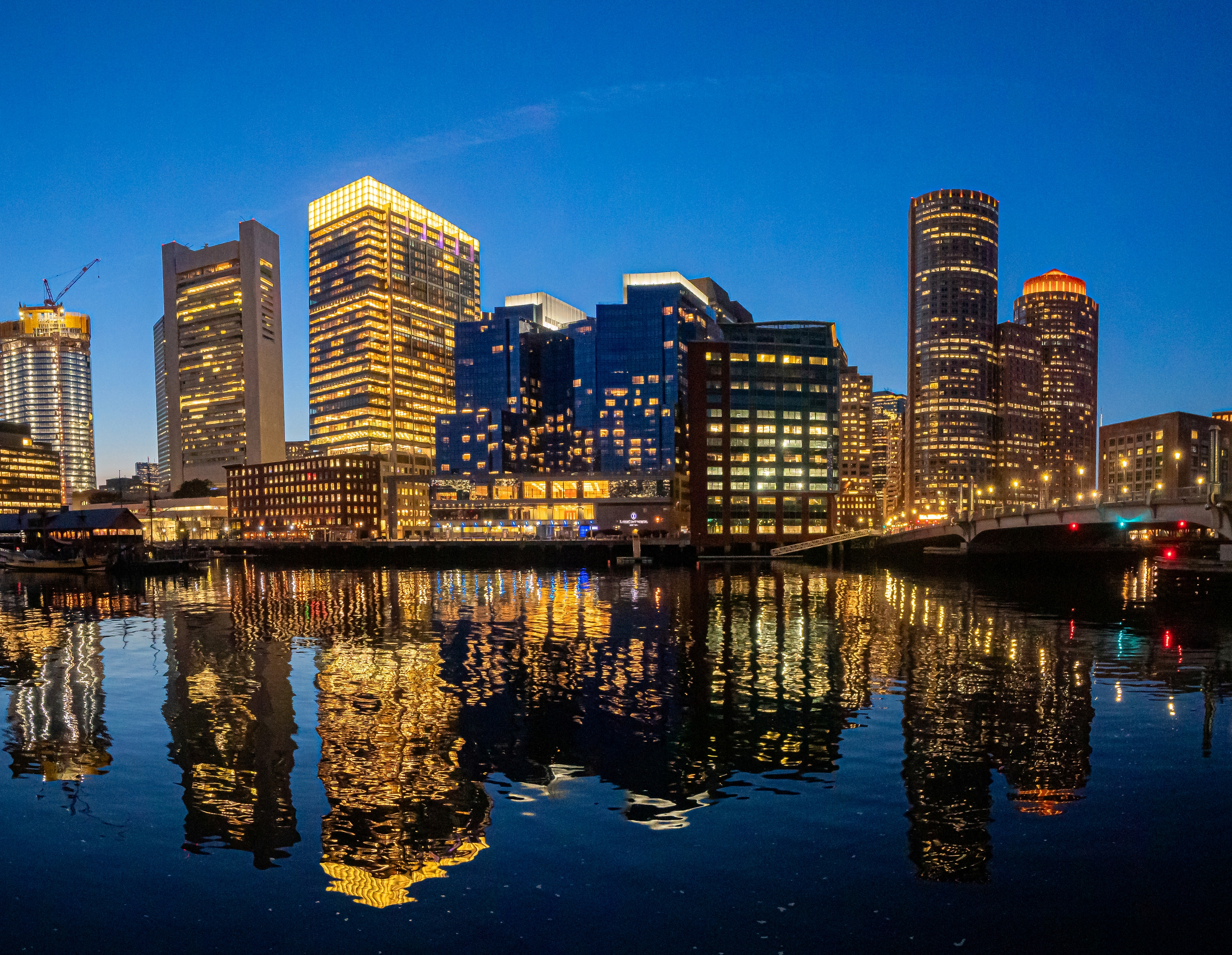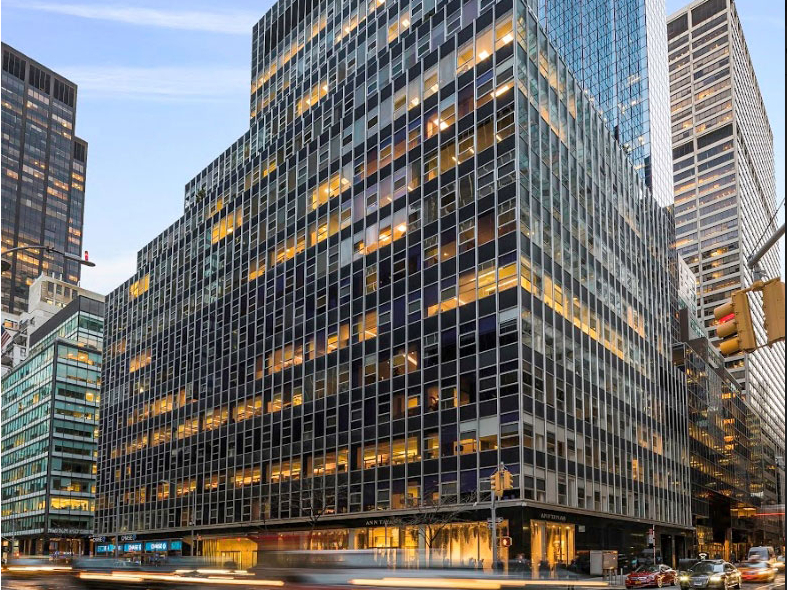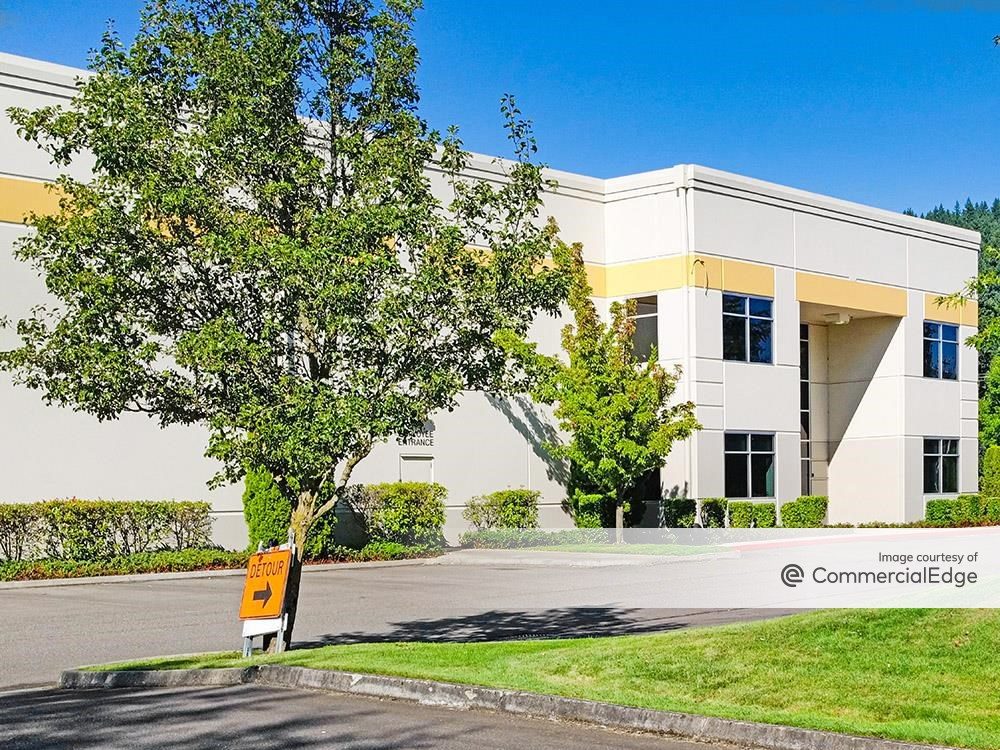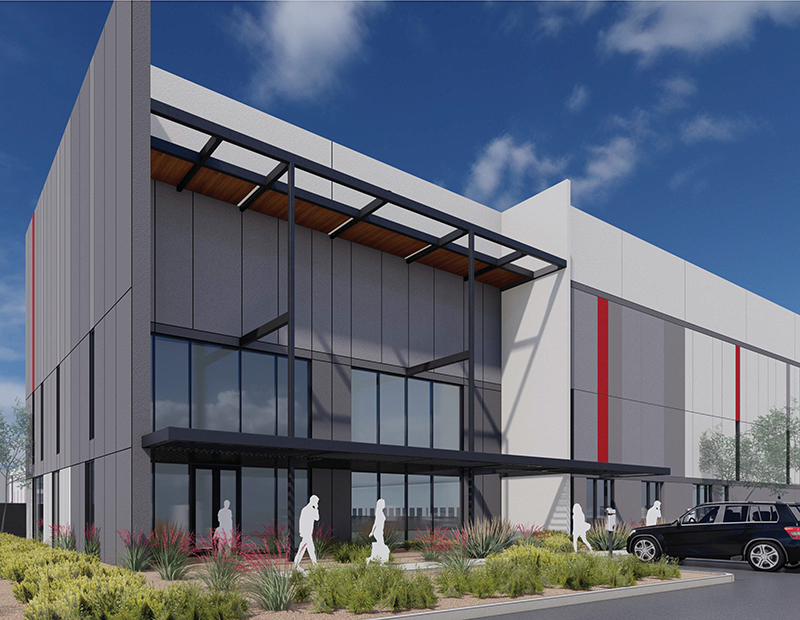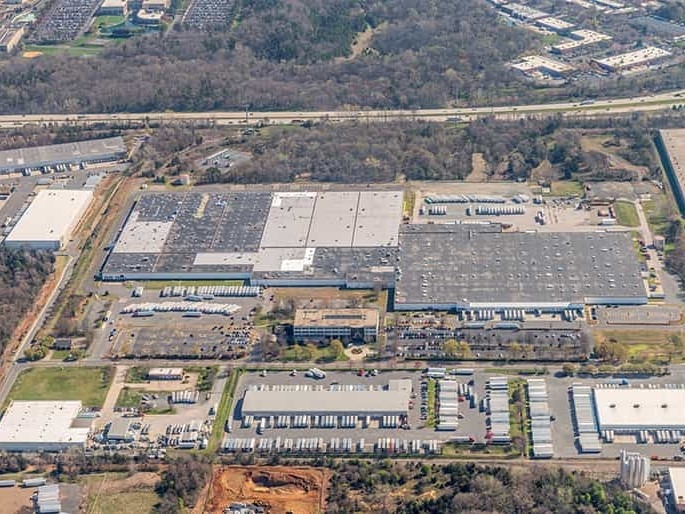Economy Watch: More Medicine for Ill Housing Market
The U.S. housing market might not be quite as deathly ill as it was a year ago, but no one is suggesting--to stretch the health metaphor--that it will get up and run a marathon any time soon. In fact, the industry is wheezing and gasping a little at the thought of the looming expiration of the $8,000 first-timer tax credit, so plans have been hatched in Congress to keep the credit in place.
By: Dees Stribling, Contributing Editor
The U.S. housing market might not be quite as deathly ill as it was a year ago, but no one is suggesting–to stretch the health metaphor–that it will get up and run a marathon any time soon. In fact, the industry is wheezing and gasping a little at the thought of the looming expiration of the $8,000 first-timer tax credit, so plans have been hatched in Congress to keep the credit in place.
Thus far, about 1.8 million homebuyers have taken advantage of the credit, according estimates by the National Association of Realtors. Of that total, about 355,000 would not have otherwise bought a house this year, the NAR believes.
There are also moves to give the housing industry other kinds of medicine as well. On Monday, the Obama administration unveiled a plan to aid state and local housing finance agencies. “This initiative is critical to help working families maintain access to affordable rental housing and homeownership in tough economic times,” said Treasury Secretary Tim Geithner. He further promised that the latest efforts would be revenue neutral, but didn’t give specifics.
CRE Indices Down in August
The Moody’s/REAL Commercial Property Price Indices fell 3 percent in August compared with July, thus making the fall since the bubble peak (October 2007) clock in at 41 percent. Slack demand for office space, retail and apartments all contributed to the continued slide.
Moreover, the slide isn’t over yet. Separately, Goldman Sachs Group Inc. said in a report at the end of September that commercial real estate prices are forecast to fall additional 17 percent by the end of 2010.
The valuation contraction is taking its toll. In yet another recent report suffused with gloom, it was noted that payments on roughly $22 billion worth of commercial mortgages were at least two months late, according to Credit Suisse. Commercial delinquencies were 0.54 percent a year ago; now they’re 3.64 percent, with a bullet.
Green Retrofitting
Commercial real estate is well known as a lagging indicator, and lag is just about the best way to describe it at the moment. What’s an industrious real estate services company to do? Whatever it can, wherever it can.
Recently Atlanta-based Servidyne Systems L.L.C. started work on a lighting retrofit project at the U.S. Navy base on the remote Pacific island territory of Guam. The company is upgrading about 3 million square feet of the base’s facilities with new interior and exterior lighting systems as part of a comprehensive energy savings performance contract awarded to Johnson Controls Inc.
Servidyne will be upgrading the interior lighting systems at the base with energy efficient T-8 fixtures, among other things. So not only is there still work to be found in the current market, green retrofitting isn’t dead either. “Despite the challenging economic environment, we’re also seeing demand within the nongovernment sector from commercial real estate property owners and managers looking to cut energy and operating costs,” Todd Jarvis, president of Servidyne, told CPE.
“State and federal incentives, as well as significant utility rebates to employ energy saving measures, are only going to increase in the future,” he added. “Forward-thinking companies are employing the services of building performance efficiency companies to seek out these incentives and fulfill the requirements for them.”
Wall Street was back in a peppy mood on Monday, with the Dow Jones Industrial Average ending up 96.28 points, or 0.96 percent. The S&P 500 gained 0.94 percent and Nasdaq advanced 0.91 percent.

